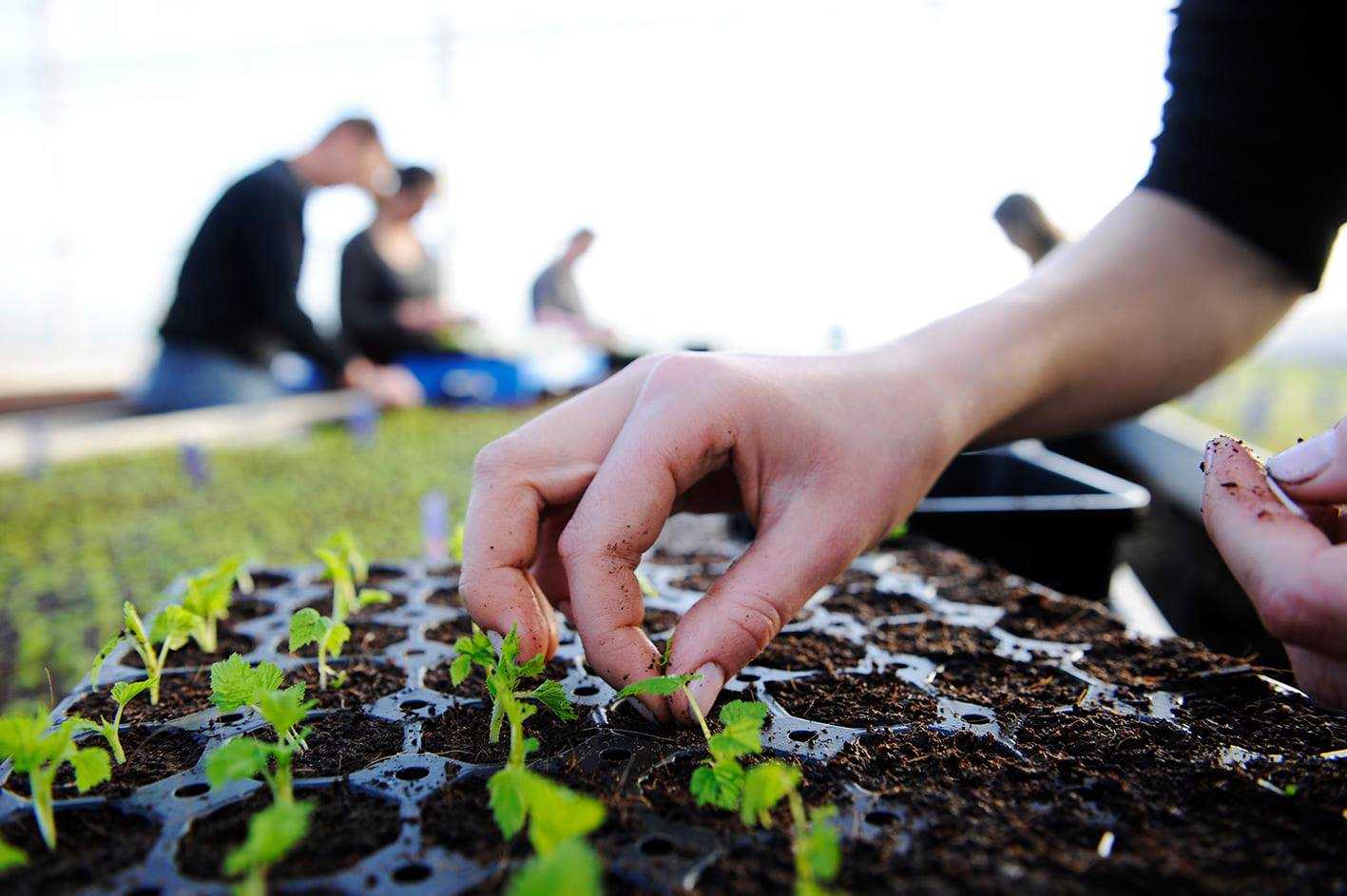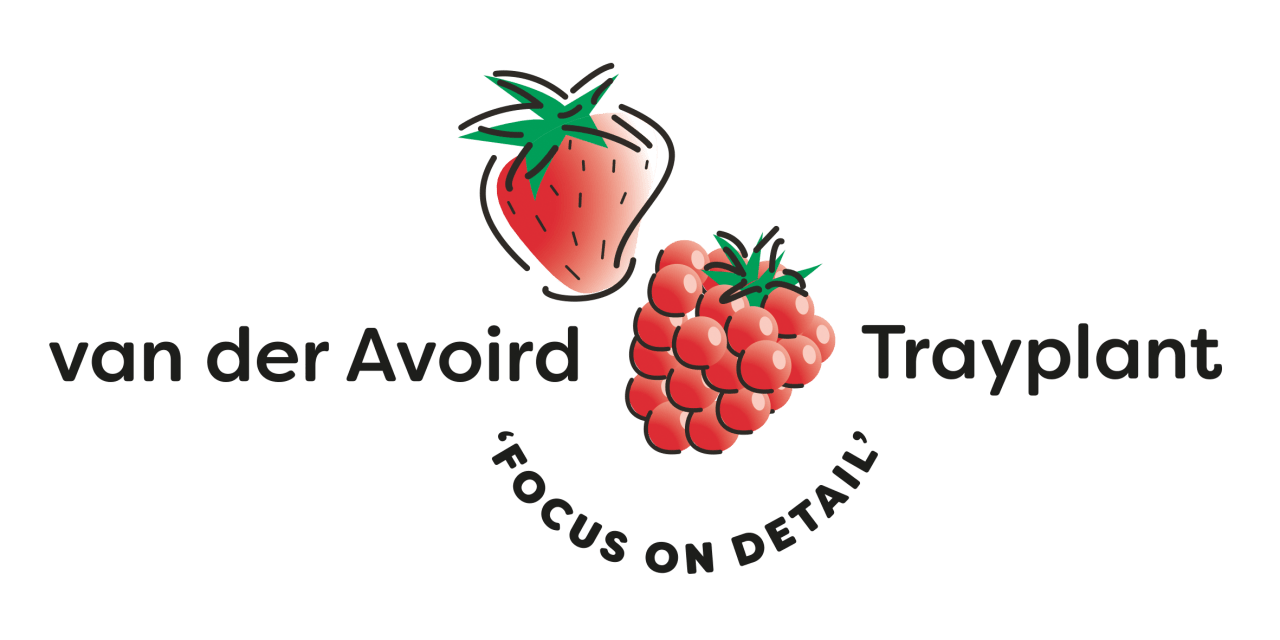PROJECT
Reuse of water for the cultivation of strawberry plants
The water treatment system at Van der Avoird was introduced with the aim of achieving water conservation, the reuse of fertilizers and pesticides, and the purification of water from unwanted contaminants.
The water used for the production of strawberry and raspberry plants undergoes a purification process, allowing it to be reused. This offers numerous significant benefits. Not only is water consumption significantly reduced, but no fertilizers and pesticides are discharged into the sewer system. Water consumption can be reduced by as much as ninety percent. The residue remaining after purification consists of sludge that can then be incinerated.
The main challenge lies in purifying the water, removing viruses, bacteria, and fungi while retaining fertilizers and pesticides. The Turbin system utilizes special ultrafiltration membranes to purify the water. Prior to this process, the water undergoes pretreatment using Dissolved Air Flotation (DAF) and AFM.
Dissolved Air Flotation (DAF)
The process begins with DAF, where raw water is treated with small air bubbles that attach to contaminants in the water. This causes these contaminants to be transported to the water’s surface, where they form a foam layer that can be easily removed. DAF is highly effective in removing suspended particles, organic matter, and fats from the water. This provides initial purification of the water before it enters the next stages.
Activated Filter Medium (AFM)
After DAF, the water goes to the AFM. This is a process that uses special filter media to further improve water quality. AFM has an adsorptive capacity, allowing it to remove remaining organic substances and other contaminants. This helps clean and stabilize the water before it goes to the final purification stage. The water is filtered through the AFM to 1 micron.
Ultrafiltration
Finally, the water is treated using special ultrafiltration membranes. These membranes have pores small enough to block viruses, bacteria, fungi, and other microscopic contaminants, preventing them from passing through the filter. As a result, the water is almost completely purified of these harmful elements, while valuable fertilizers and pesticides are retained. Ultrafiltration is the last and most thorough purification step in the process.
The system is fully automated, including filter cleaning. This ensures efficient and sustainable water treatment, guaranteeing both purity and the preservation of valuable fertilizers.
Used technology


